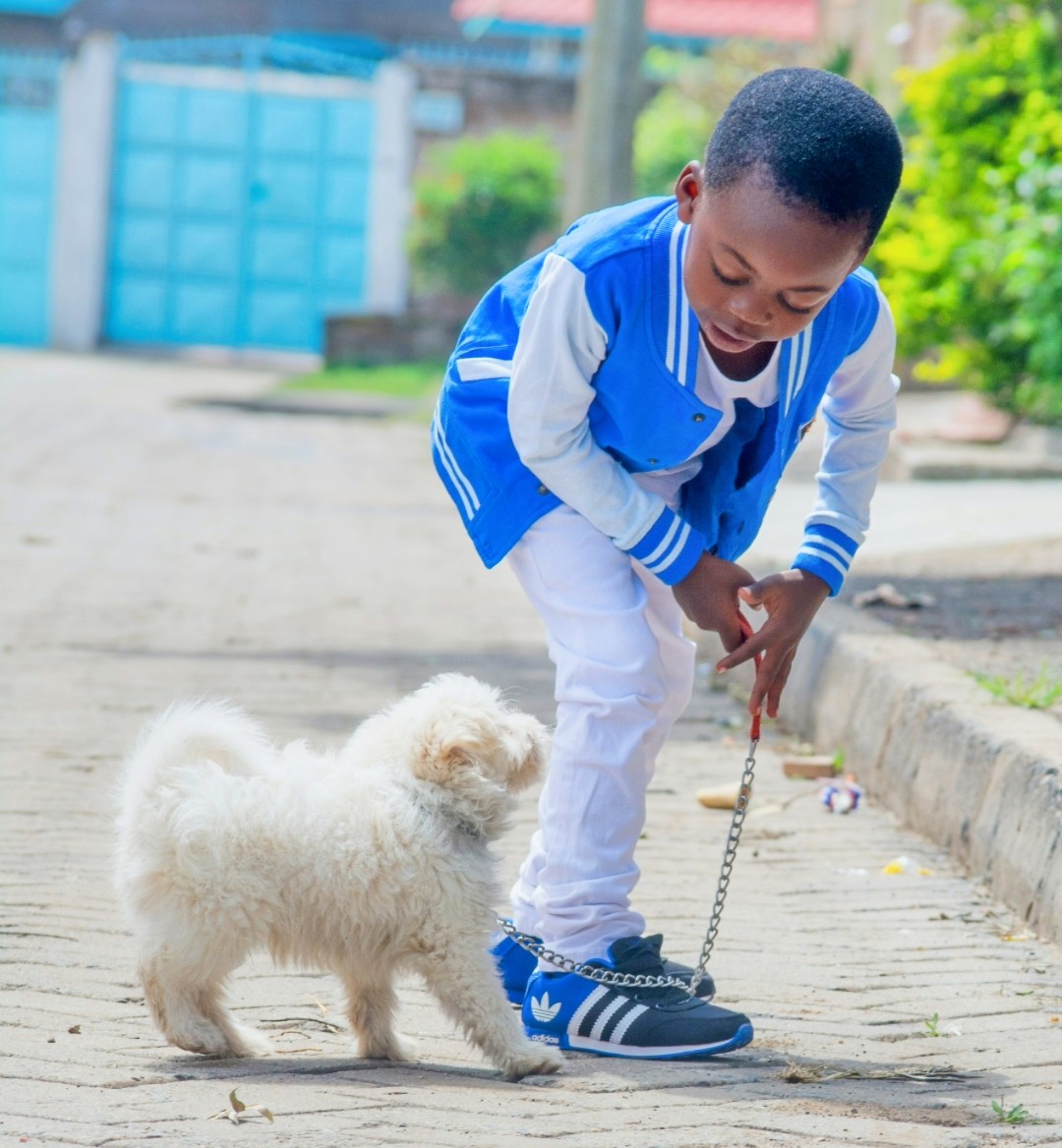If your autistic child is rough with your dog you are not alone, this is actually quite a common behaviour.
In the below article we explore why this may be the case and what as a parent you can do.
Why are they rough with the dog?
As we’ve mentioned before on this site, dogs are often quite a comforting presence for autistic children.
They are regularly a staple part of special needs educational settings and many parents rave about having them at home.
So with all that in place it can be very distressing for parents seeing their child being rough with a dog.
Afterall everyone brags how good they are for autistic children.
So let’s explore some possible reasons for the roughness first;
Struggles with social norms
Social norms are the unwritten rules of society that most of us follow subconsciously.
For some people with autism social norms just don’t sink in as quickly or easily than they do for others.
Sometimes it is a lack of understanding, sometimes it is communication difficulties but either way it is common.
So the unwritten rule that generally speaking we should be soft with animals isn’t wired into their minds.
If a child is rough with a dog then it’s not that they are being mean, more they just don’t know how they’re meant to act.

Learning from adult behaviour
Life as an autistic child can be tough at times, likewise for parents.
During everyday life parents are often forced to use a degree of force with their children. For example getting them into a pushchair or dressed in the morning often has a physical nature to it.
So for an autistic child they may see force and roughness as part of every day life.
With that being the case, an autistic child being rough with a dog may be a projection of their understanding of normal interactions.
Disruption of special interests
Special interests can be a big part of an autistic child’s life. As many of us have experienced they can develop strong attachments to toys or pastimes.
Well unsurprisingly dogs don’t often understand how important their special interests may be to them.
This can lead to dogs trampling over Lego sets or lined up figurines which can be very distressing to an autistic child.
Obsession with the dog
Just like autistic children can become hyper focused on a toy or past time, they can also be obsessed with a pet.
Enthusiasm and lack of impulse control can lead to over excitement and inadvertently rough interactions with the dog.
Also they may struggle to demonstrate their love and affection for the dog other than being rough.
So in a roundabout way something like pulling a dogs tail may be their way of trying to initiate a game or demonstrate affection.
Lack of understanding of pain
Not all autistic children fully grasp non verbal communication. This can be communication from a human or an animal.
Something like a whimper from a dog or even them scuttling away with their tail clamped down is a form of communication.
The majority of adults would pick up on these signs that the dog is distressed or in pain. But the same can’t be said for autistic children.
So if them being rough with the dog is unsettling the animal then your child may be completely oblivious.
What can parents do?
Understanding what may be behind the behaviour is only half of the battle.
Here are some tactics to consider in addressing the roughness.
Be clear
Offer clear, simple instructions on how to interact with the dog. Use visual aids or social stories to help the child understand what’s expected.
Demonstrate
Demonstrate gentle interaction with the dog, showing them how to pet, play, and respect the dog’s boundaries.
Watch
Supervise interactions between the child and the dog to ensure safety and address any issues promptly.
Consider support
Consider enrolling your child in social skills training or therapy programs to help them learn social norms and cues.
Develop empathy
Teach your child to recognise and empathize with the emotions of the dog. Help them understand that the dog has feelings and that it’s important to treat the dog kindly.
You can consider using tools like social stories or modelling using stuffed animals.
Summary – Autistic Child Rough With A Dog?
Parenting an autistic child can be both challenging and rewarding.
When dealing with situations where your child may be rough with a dog, it’s important to approach it with a lense of understanding.
Remember that their actions are often not intentional acts of aggression.
It’s rather a result of their unique sensory experiences and challenges in communication and social understanding.
If your child is being aggressive towards the dog it may be that they want their attention and want to play.
By slowly explaining to your child the correct ways to interact with animals you can create a safe and harmonious environment for both.
Good luck everyone


I can’t believe there’s no reference to the obvious pun there! “Rough” i.e. “ruff, ruff”.
If I could like your comment on here I would 🙂